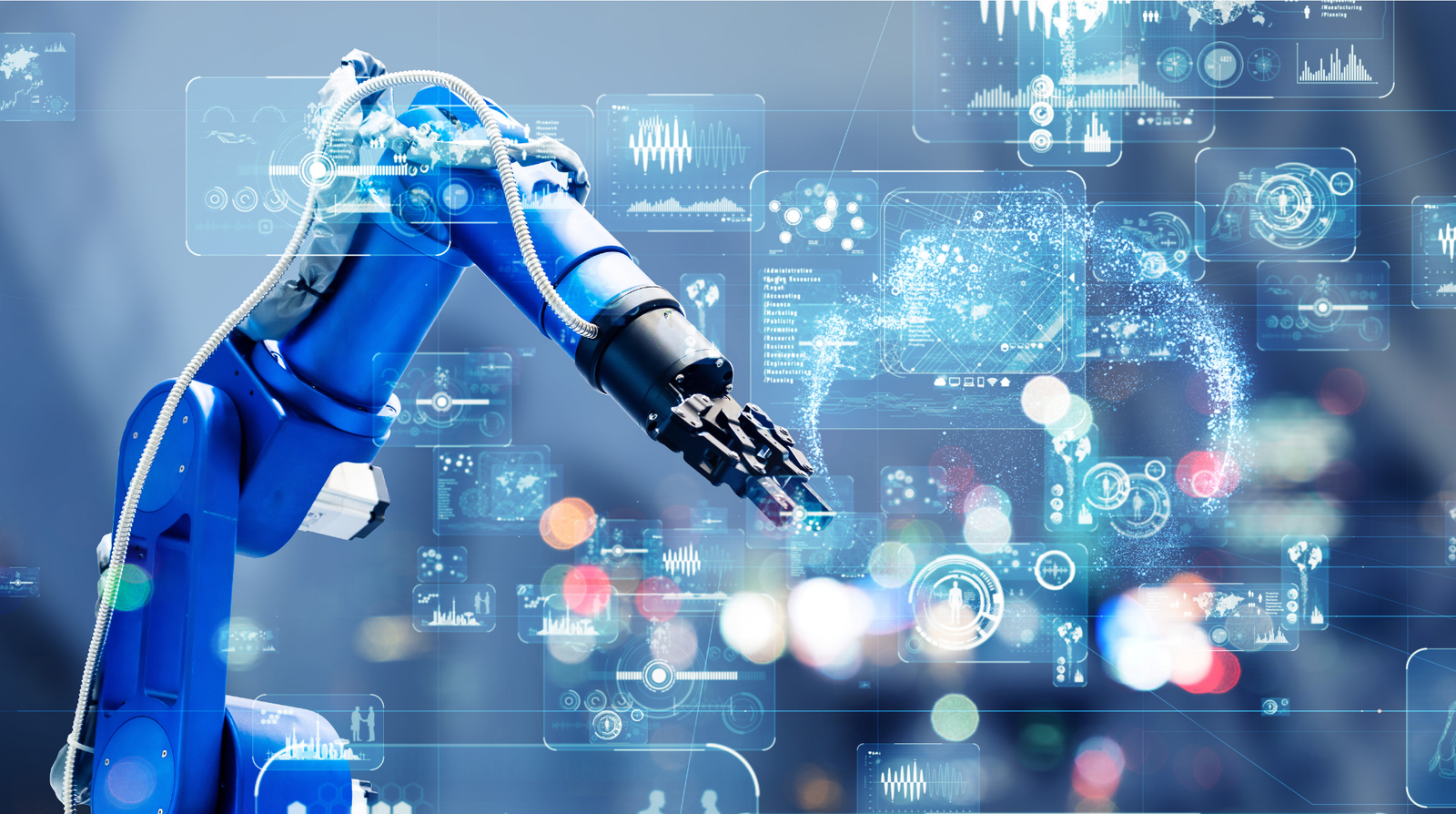The factory floor has changed immensely from the time Henry Ford first developed the assembly line technique for mass production of his cars. The products that factories produce may not be too different, but the pervasive use of technology is making the process of manufacturing more intelligent and dynamic, giving birth to the concept of “Smart Factories”.

Each industrial revolution has transformed production, delivered better economic output, and, consequently, immense economic gains globally. However, in recent years manufacturing productivity has been diminishing, despite advances in factory equipment, software and manufacturing processes. Labour productivity in the US posted annual growth of around 0.1% between 2011 – 2018 vs. 3.4% between 1987 – 2000 (Wellener and Dollar, 2019).
What this means is that economic output from the factory floor is being driven more by the number of hours people work instead of output per hour and as a result, productivity has not been rising as it did in the past few decades.
This brings us to the Fourth Industrial Revolution (IR 4.0). The aim of IR 4.0 is to accelerate operational improvements by connecting machines, people, data and value chains. This can be achieved by weaving a digital fabric across the traditional factory floor and, eventually, the entire factory network.
The term, “Smart Factory” encapsulates this idea and describes a digitised and connected production process where machinery and equipment work to improve processes through automation. The benefits also extend beyond just the physical production of goods and into functions like planning, supply chain logistics, and even product development.

The smart factory is essentially a sum of parts – it is a flexible system that can:
The transformation of a factory to “smart” requires a concerted effort by capital owners over several years to identify, invest in and refine specific use cases for applying advanced technology to existing processes and workstreams.
The different parts of a Smart Factory can be connected via industrial IoT (Internet of Things) or integrated circuits that enable sensing, measurement, control and communication in relation to everything that is happening throughout the production process.

With these components in place, a traditional factory can be characterised as “smart” based on the following characteristics in Figure 2.

